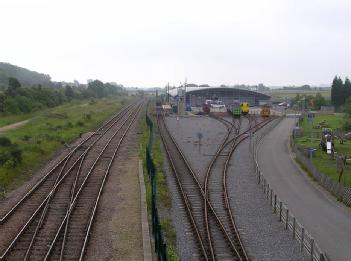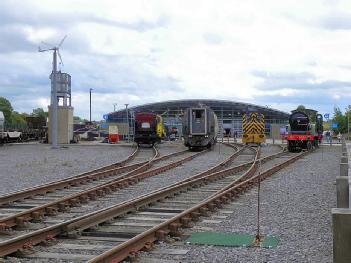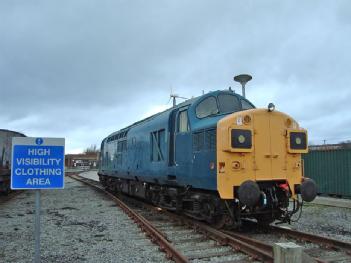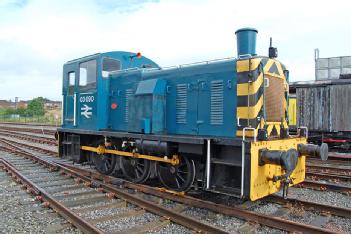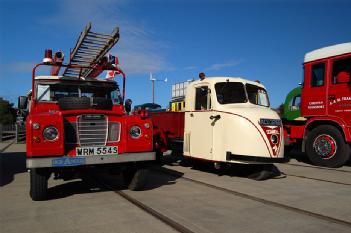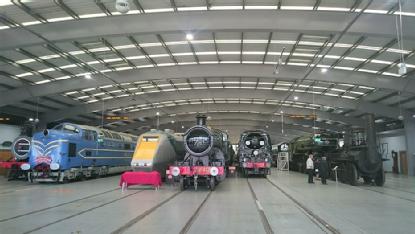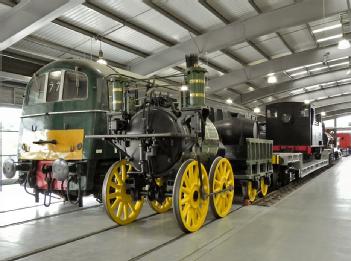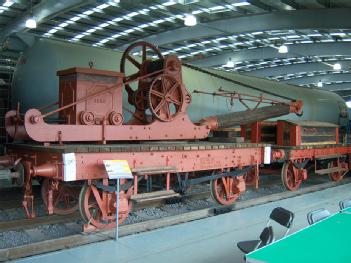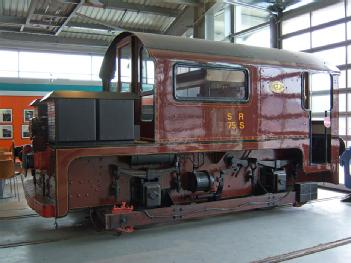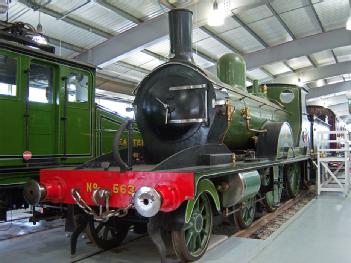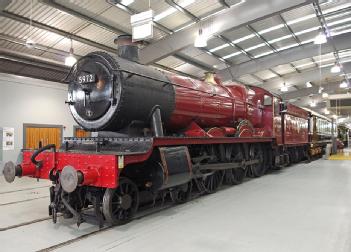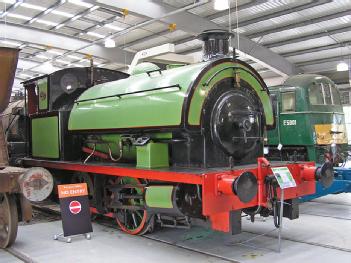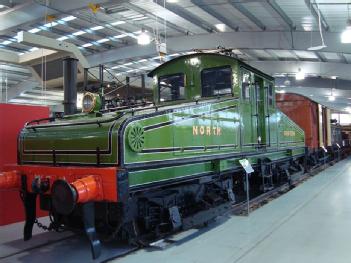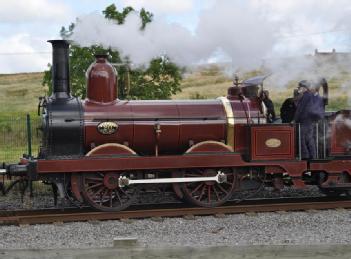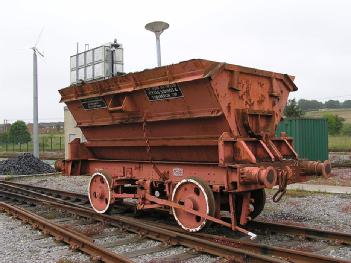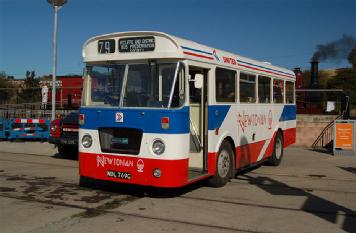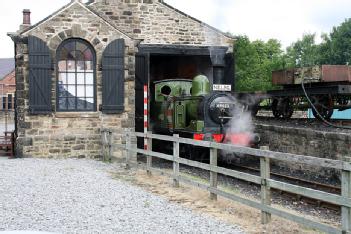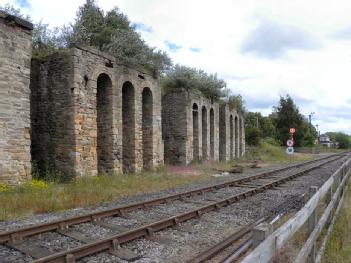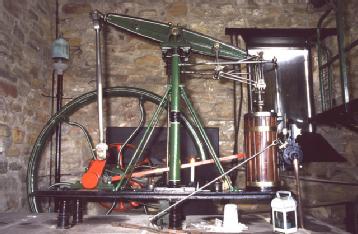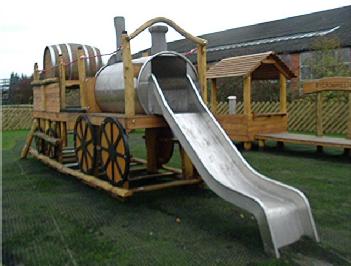
    |
Locomotion |
DL4 2RE Shildon, Great Britain (UK) (Durham) |
|
| Address |
Dale Road Industrial Estate, Dale Rd
|
| Floor area | unfortunately not known yet |
Railway
- Steam engines/generators/pumps
- Model Railway
- Fire Brigade
- Cranes and Lifts
- Busses
- Mine- & Parc Railways
|
Opening times
|
Summer: daily: 10.00–17.00; winter: 10.00–16.00 Closed 24–26 December and 1 January |
||||
|
Status from 08/2019
|
Free entry. | ||||
| Contact |
|
||||
| Homepage | www.locomotion.org.uk | ||||
| Location / Directions |
Locomotion, previously known as Locomotion: the National Railway Museum at Shildon or Shildon Locomotion Museum is a railway museum in Shildon, County Durham, England. Locomotion is a 15-minute walk away from Shildon town centre. By Train: 3-minute walk from Shildon railway station (SHD), served by Northern Rail trains from Darlington and Bishop Auckland. By Bus: Regular bus services run from Bishop Auckland and Darlington. Arriva number 1 (from Darlington) and number 5 (from Bishop Auckland) stop on Dale Road, just outside Locomotion. By Car: If you’re using a satnav, enter DL4 2RE for the main car park. Follow the road into the industrial estate; the car park is the last turn on the left. Follow the brown tourist signs found on these routes: From A689 towards Bishop Auckland (Rushyford/Eden Arms Roundabout) From A688 (Bishop Auckland) at roundabout onto West Auckland Road (A6072) Take Junction 58 on A1(M) onto the A68 (for Corbridge) and follow the Locomotion signs. We’re just 15 minutes from the A1(M) |
| Description | Wikipedia: The trail starts at the 19th-century welcome building. The original Sans Pareil is on display here. The second building is Timothy Hackworth's house. It contains several activities about the history of Shildon. Soho is a stone building that was a railway workshop, having originally been an iron merchant’s store. The fourth stop is the former goods shed for the town, with most incoming and outgoing goods being delivered to the railway by horse and cart. The building is built partially from recycled stone sleeper blocks, the old fixing slots being visible in the wall. The railway station's parcel office is the next part of the trail and at the junction, visible across the tracks are the former stables for the early horse-drawn wagonways that linked to the line. The coal drops were a refuelling point for steam locomotives. Wagons were hauled up an incline and the coal 'dropped' down wooden chutes into the tender below. The light engine is an interactive pole that displays colours. You can change the name of the pole if you text in. The trail passes under the roadway. There is a children's playground and a picnic area outside the Collection building. The trail ends at the largest building in the museum. It contains the exhibition hall and a conservation workshop with viewing gallery to see the work carried out by volunteers restoring some of the exhibits. Other facilities in the building include interactive games, a cafe and shop. Locomotives The museum is home to several locomotives from the National Collection, including a replica of Timothy Hackworth's Sans Pareil. The original engine, built to compete in the Rainhill Trials, is also at Shildon. The trials were to decide which engine should operate the passenger railway between Liverpool and Manchester. After a 175 years absence from the town, the locomotive was returned and is displayed in the Welcome building. The main exhibition building houses most of the collection and includes the sole examples of the prototype APT-E and Deltic units. The museum has a wind turbine which provides power to the National Grid and an on-site biodiesel bus for transporting visitors around the site. |
[dsp_museum_detail.cfm]
| Data Compliance | More Information |

 locomotion.org.uk
locomotion.org.uk 